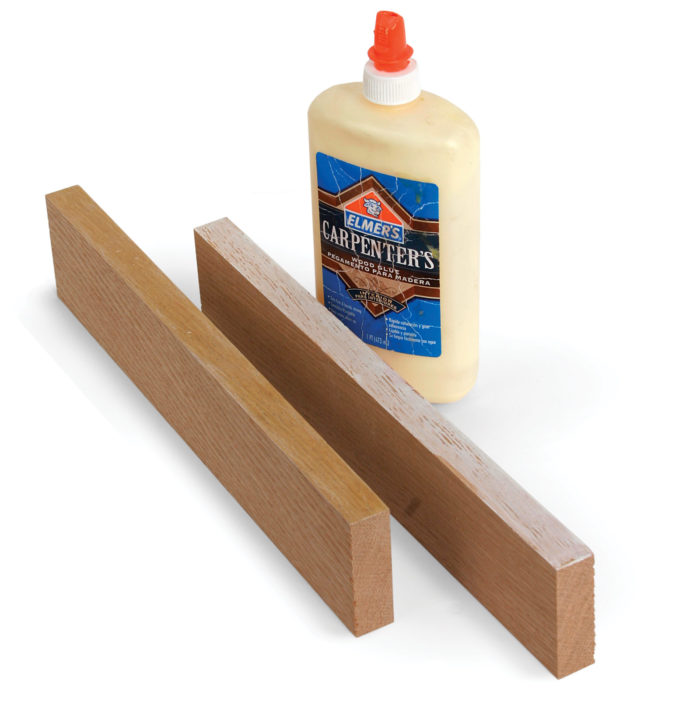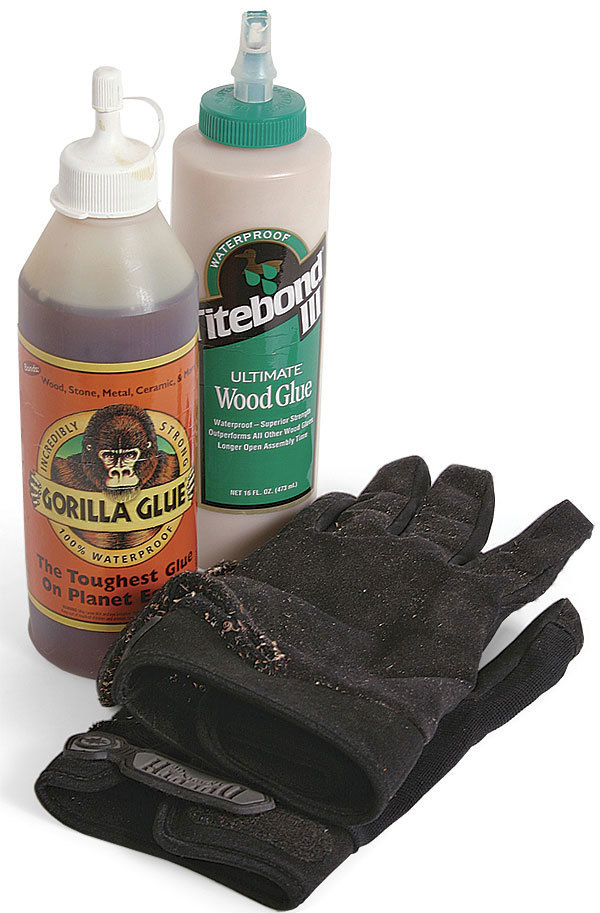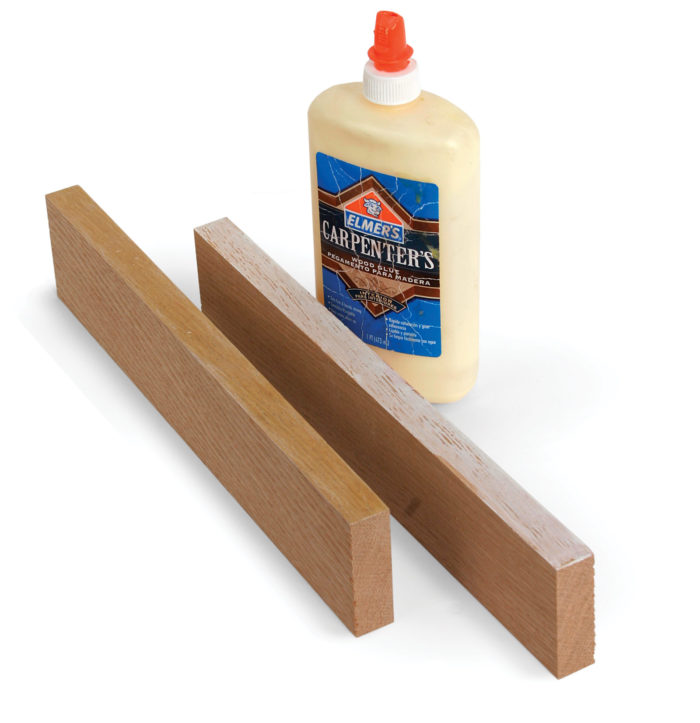Have you ever wondered if wood glue can dry in cold weather? Well, you’re in the right place! In this article, we’ll explore the fascinating world of wood glue and its behavior in chilly temperatures.
When it comes to working with wood glue, understanding how it behaves under different conditions is crucial. So, let’s tackle the burning question: does wood glue dry in the cold? Stick around to find out!
Whether you’re a woodworking aficionado or simply curious about the science behind adhesives, this article will provide you with the answers you seek. So, let’s dive into the fascinating world of wood glue and discover its cold weather mysteries!

Does Wood Glue Dry in the Cold?
Woodworking projects often require the use of wood glue to join pieces of wood together. However, when temperatures drop, many people worry about whether wood glue will dry properly in cold conditions. In this article, we will explore the effects of cold temperatures on wood glue and whether it can still provide a strong bond in chilly weather. Let’s dive into the details and find out if wood glue really does dry in the cold.
1. Understanding Wood Glue
Wood glue is a type of adhesive specifically designed for bonding wood surfaces together. It creates a strong and durable bond that can withstand a great deal of stress and pressure. Wood glue typically contains a mixture of polymers and water, which activates the adhesive properties when the glue comes into contact with air. The water content is important as it allows the glue to have some flexibility while drying, resulting in a better bond.
When applying wood glue, it is important to ensure that the surfaces being bonded are clean and free from any dust or debris. Additionally, it is crucial to apply an even layer of glue on both surfaces and press them firmly together to create a strong bond. The drying time for wood glue varies depending on the brand and type, but it generally takes 24 hours for a complete cure.
2. Effects of Cold Temperature on Wood Glue
Cold temperatures can have an impact on the drying process of wood glue. As the temperature drops, the water content in the glue can freeze, which slows down the curing process. This can result in a weaker bond or even prevent the glue from drying completely. In extremely cold temperatures, the glue may not dry at all and remain in a semi-liquid state.
The optimal temperature for wood glue to cure properly is typically around 60-80°F (15-26°C). When the temperature drops below this range, the curing process can be significantly affected. However, modern wood glues are formulated to withstand a wider range of temperatures compared to their earlier counterparts. Some brands offer wood glues that can cure in temperatures as low as 40°F (4°C), making them suitable for use in colder conditions.
3. Tips for Using Wood Glue in Cold Weather
While cold temperatures can pose challenges for the drying process of wood glue, there are a few tips you can follow to ensure a successful bond even in chilly weather:
1. Pre-warm the surfaces: Before applying the wood glue, warm up the surfaces that need to be bonded. You can use a hairdryer or a heat gun to gently warm the wood, being careful not to overheat it. This will help to keep the glue from freezing and promote proper drying.
2. Choose the right glue: Consider using a wood glue that is specifically formulated for colder temperatures. These glues are designed to have a lower freezing point and can cure more effectively in cold weather.
3. Give it extra drying time: Allow the glued pieces to dry for an extended period, even longer than the recommended drying time. This will ensure that the glue cures properly and provides a strong bond.
4. Protect the glued surfaces: After applying the wood glue and joining the pieces together, protect them from cold drafts by keeping them in a controlled environment. This will help maintain a consistent temperature and prevent any adverse effects on the drying process.
In conclusion, wood glue can dry in the cold, but the drying process can be affected by low temperatures. It is important to choose the right type of wood glue and take extra precautions to ensure proper drying and a strong bond. By following the tips mentioned above, you can successfully use wood glue in colder weather and achieve excellent results for your woodworking projects. Keep in mind that different brands and types of wood glue may have varying temperature requirements, so refer to the manufacturer’s instructions for the best results.
Key Takeaways: Does Wood Glue Dry in the Cold?
- Wood glue may take longer to dry in cold temperatures.
- Extreme cold can prevent wood glue from drying completely.
- It’s best to use wood glue in temperatures above 50 degrees Fahrenheit.
- Warming the area or using a heat source can help accelerate drying in colder conditions.
- Always follow the manufacturer’s instructions for optimal drying conditions.
Frequently Asked Questions
When working with wood glue, it’s essential to consider the temperature conditions. To help you understand how wood glue behaves in cold temperatures, we’ve answered some commonly asked questions below.
1. Can wood glue dry in cold weather?
Yes, wood glue can dry in cold weather, but it typically takes longer than when it’s applied in warmer temperatures. Cold weather slows down the drying process because glue needs adequate warmth to set correctly. When using wood glue in colder conditions, be prepared for a longer drying time and ensure a stable environment.
It’s important to note that some low-temperature formulas are designed specifically for cold weather applications. These formulations can dry effectively in colder temperatures, but it’s crucial to follow the manufacturer’s instructions for best results.
2. Will low temperatures affect the strength of wood glue?
Low temperatures can potentially affect the strength of wood glue. Cold weather slows down the drying process, and if the glue hasn’t fully dried before exposure to cool temperatures, it may not achieve its maximum strength. In some cases, the glue might become more brittle, reducing its overall holding capacity.
To ensure the best adhesion and strength, it is advisable to apply wood glue in temperatures above 50°F (10°C). If you are working in colder conditions, consider using a specialized cold-weather wood glue or using supplemental methods such as clamps or screws for added support.
3. Are there any tips to help wood glue dry faster in cold weather?
While cold weather naturally lengthens the drying time of wood glue, there are a few tips to help speed up the process. Firstly, try to create a warmer environment by using artificial heat sources like a space heater or heat gun. Ensure the glue joint is completely covered to retain heat and prevent any drafts that could slow down drying.
Additionally, consider using a heat-activated wood glue that is designed to dry faster in low temperatures. These specialized formulas accelerate the curing process by relying on heat to trigger a chemical reaction. Remember to always follow the manufacturer’s instructions when using heat-activated wood glue.
4. What happens if you let wood glue freeze?
If wood glue is exposed to freezing temperatures, it can solidify and lose its effectiveness. Freezing can cause irreversible changes to the chemical composition of the glue, altering its adhesive properties. Once frozen, the glue may become lumpy or separate, making it difficult to apply and decreasing its overall bonding strength.
If you suspect that your wood glue has frozen, it’s best to purchase a new bottle or container. Using compromised glue can lead to weak bonds and may affect the overall quality and durability of your project.
5. How should I store wood glue during cold weather?
Proper storage is crucial to maintaining the quality of wood glue during cold weather. When not in use, store wood glue in a temperature-controlled environment, preferably at room temperature. Avoid leaving it in garages, sheds, or any area that experiences extreme temperature fluctuations.
If you anticipate working in cold weather conditions, consider storing the glue in a climate-controlled space and allow it to reach room temperature before use. Always check the manufacturer’s guidelines for specific instructions on storing their particular wood glue product.

Cold temperatures affect the strength of your glue. #woodwork #woodglue #titebond
Summary
Wood glue does not dry properly in cold temperatures because it needs warmth to set correctly. If it’s too cold, the glue might not bond the wood parts together effectively. It can also take much longer to dry in the cold, which means you might have to wait for a very long time before using the glued item.
On the other hand, if you warm up the environment or use a heater, the glue will dry better in colder conditions. So, if you want to use wood glue in the cold, make sure to create a warm space for it to dry properly. Keep in mind that following the recommended temperature range on the glue bottle is always the best option for successful bonding between wood pieces.
